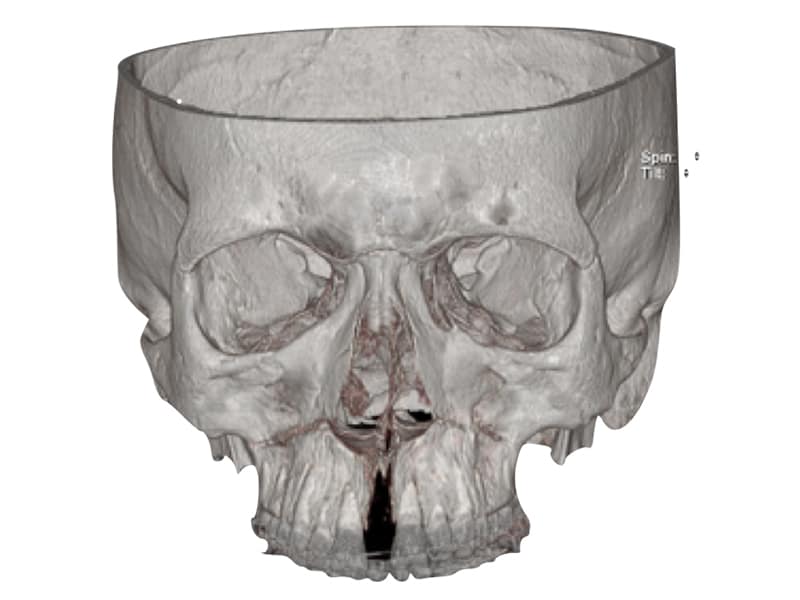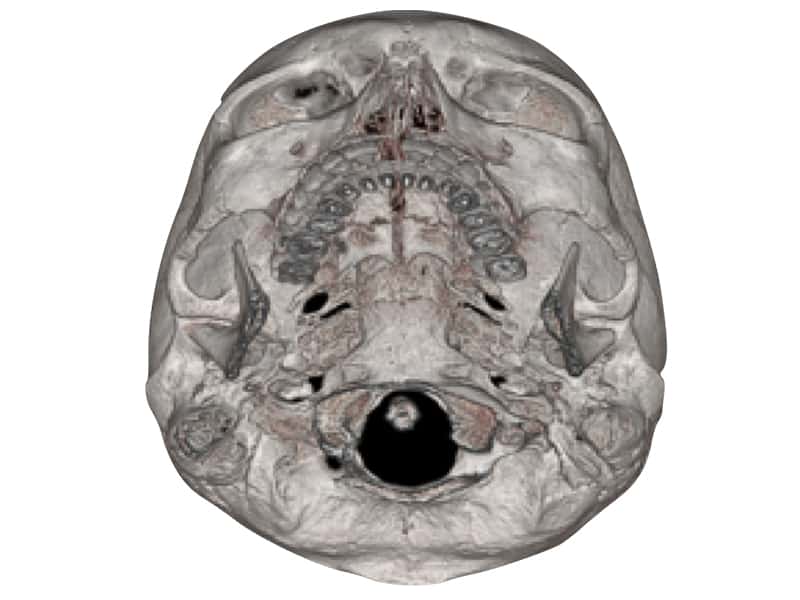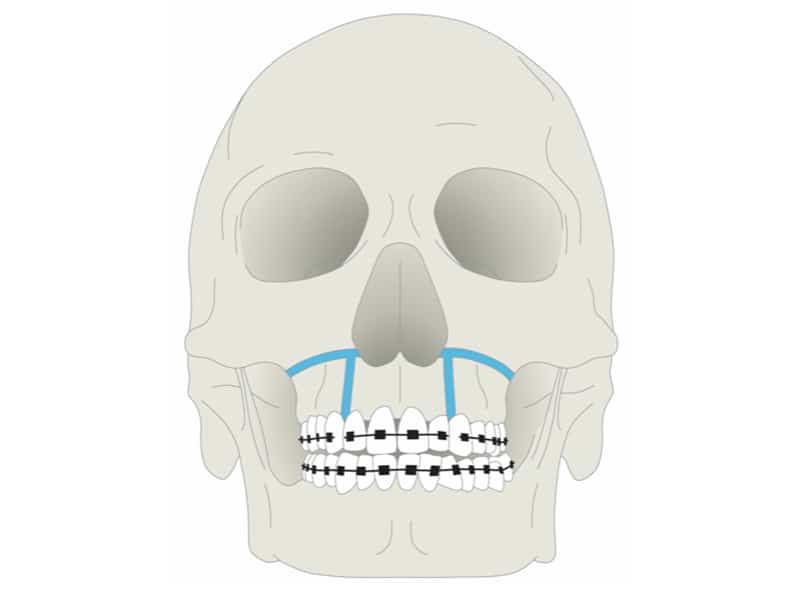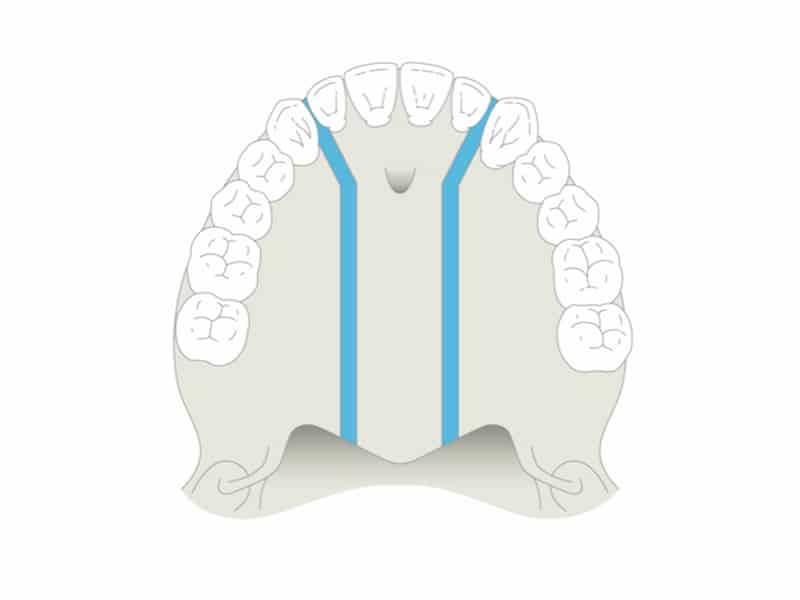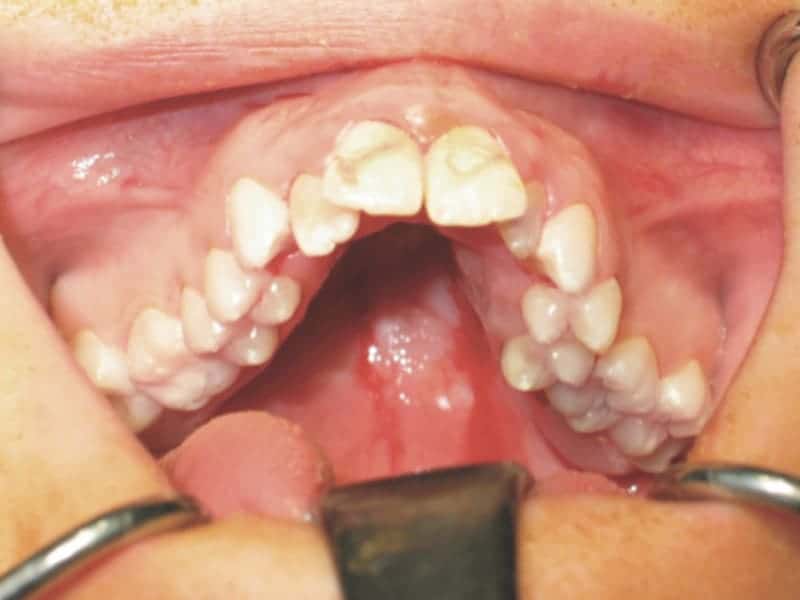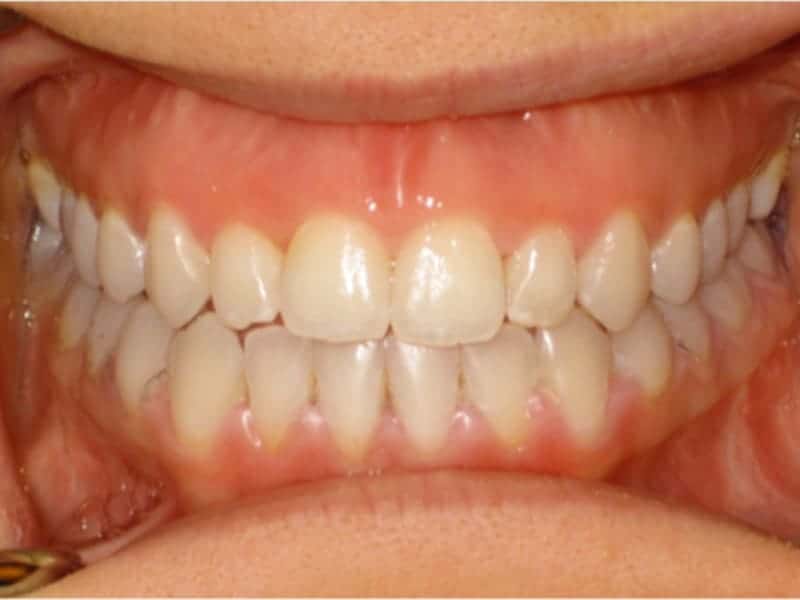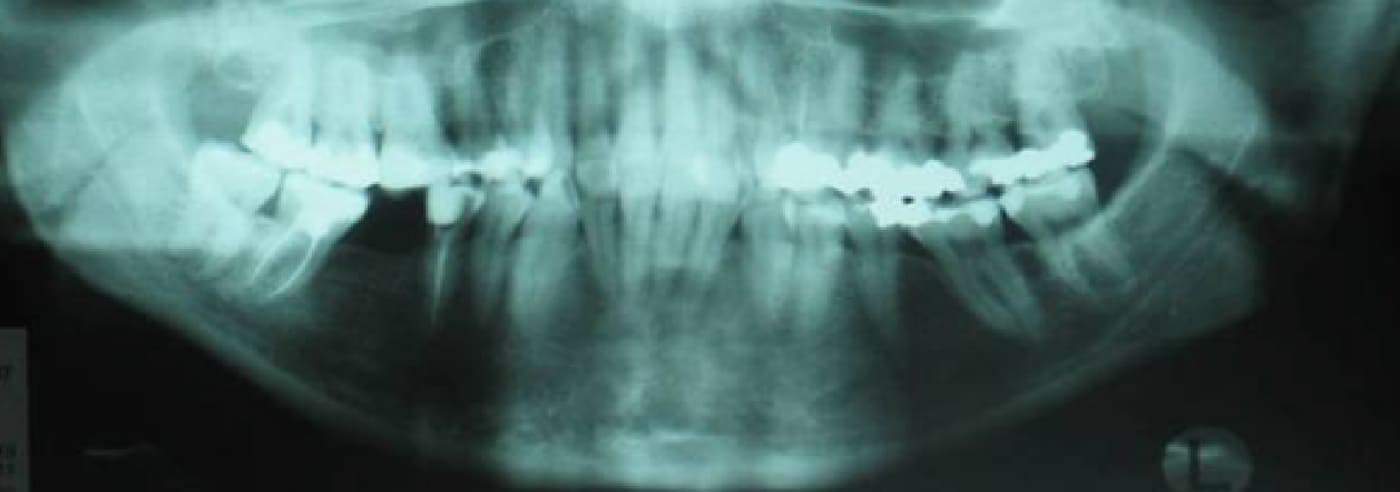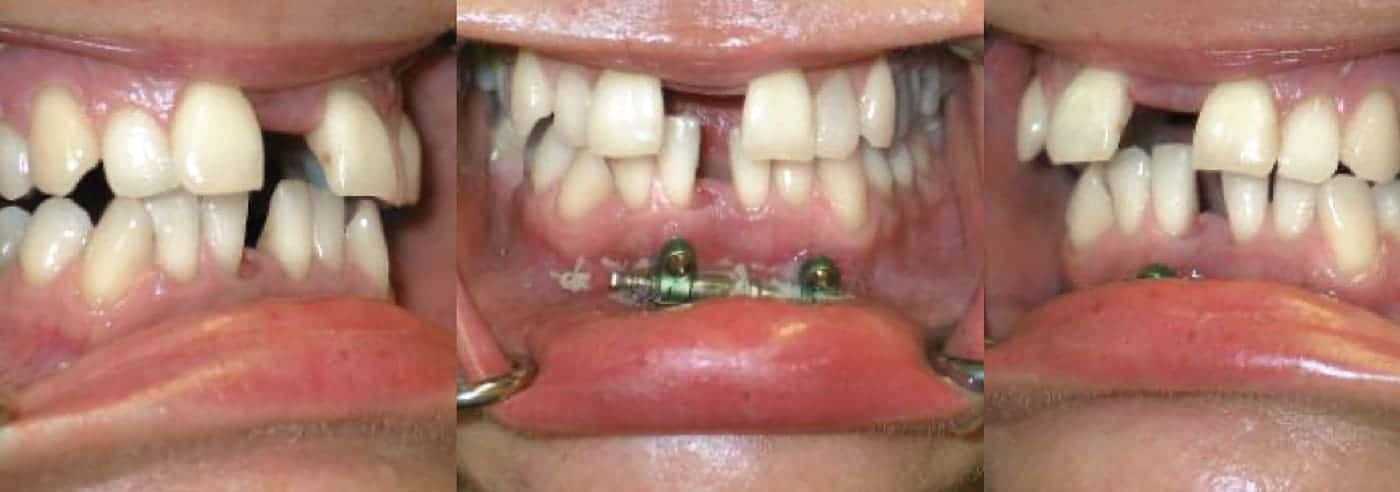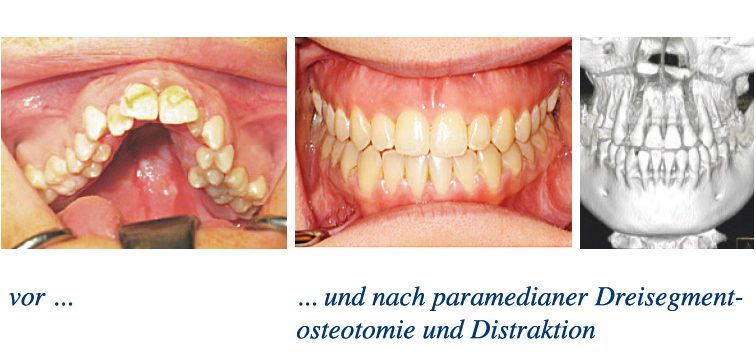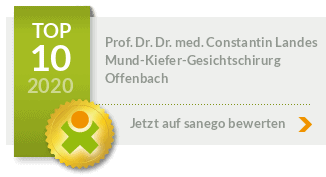Corrective surgery of jaw malpositions and malocclusions (dysgnathia)
Jaw malpositions and malocclusions can be congenital or acquired as we age. Most of the time, the face looks uneven and the bite is not right (i.e. the teeth are not evenly aligned). A bad bite situation can cause TMJ problems: the jaws are developed differently and unevenly, asymmetrically, and the chin appears too strong or too weak.
While minor tooth and jaw misalignments can be treated by the orthodontist with fixed or removable appliances (“braces” or “brackets”), pronounced changes and misalignments require additional surgical interventions. If adequate treatment is not given, the result is often malocclusion of the teeth, severe enamel loss, susceptibility to caries, loosening of the teeth, receding gums and temporomandibular joint disorders.
Severely impaired quality of life
Chewing, biting, speaking, breathing, especially through the nose, and swallowing are usually severely restricted by malocclusions and malpositions. Often the lips cannot be closed properly – when teeth or lips do not close properly, the body involuntarily “presses” against these wrong points of contact – causing pain and complex muscle tension. The latter affect the facial muscles and the lip closure muscles and lead to misalignments of the spine, which then also affects the neck muscles. The individual muscle tensions can even reinforce each other (see also temporomandibular joint disorders). The psychological suffering caused by uneven facial proportions with restrictions on social interaction also need to be mentioned here.
Cases
Mandibular retrognathia
Facial scoliosis
Apertognathia (open bite)
Developmental disorders of the jaw
Distinct jaw malposition
Teeth crowding
Maxillary retrognathia
Juvenile rheumatoid arthritis – Solution without endoprosthesis at the patient’s request
Jaw realignments in cleft patients
These patients first had a jaw realignment followed by a lip and nose operation (lip rhinoplasty). Figure A shows the before and after comparison of the jaw realignment, Figure 1C, 1D, 2B and 2C show the patients before and after the lip rhinoplasty.
Resolution of the overcrowding by reshaping of the dental arch –surgically assisted upper and lower jaw extension (SARME/symphysis distraction)
Patient videos – jaw
Patient videos – face
We treat bones with gentle ultrasound, demonstrated here on a raw egg. As an alternative to ultrasound bone treatment, we use the microsaw, especially in jaw bone augmentation (right or second video).
Are you looking for help?
We will be happy to advise you on the possibilities of conservative or surgical treatment of your health problem affecting the mouth, jaw or facial area. We’re happy to help! You can reach the Landes & Kollegen Practice by telephone on +49 (0) 69 8405-1380 or by e-mail.
All planned surgical treatments are preceded by a detailed consultation, which can also take place several times and repeatedly.
We speak German, English, French, Spanish, Arabic and Portuguese.
Our regular office hours are:
Monday, Tuesday, Thursday: 8:00 – 17:00, Wednesday: 8:00 – 13:00, Friday: 8:00 – 16:00
as well as our fast-track consultations on Tuesday, Thursday and Friday, between 8:00 and 9:00 each day!

The new me as a 3D simulation
Design your own dream face! Simply upload selfies, simulate them free of charge with the Crisalix 3D software and bring them to your appointment with us!


